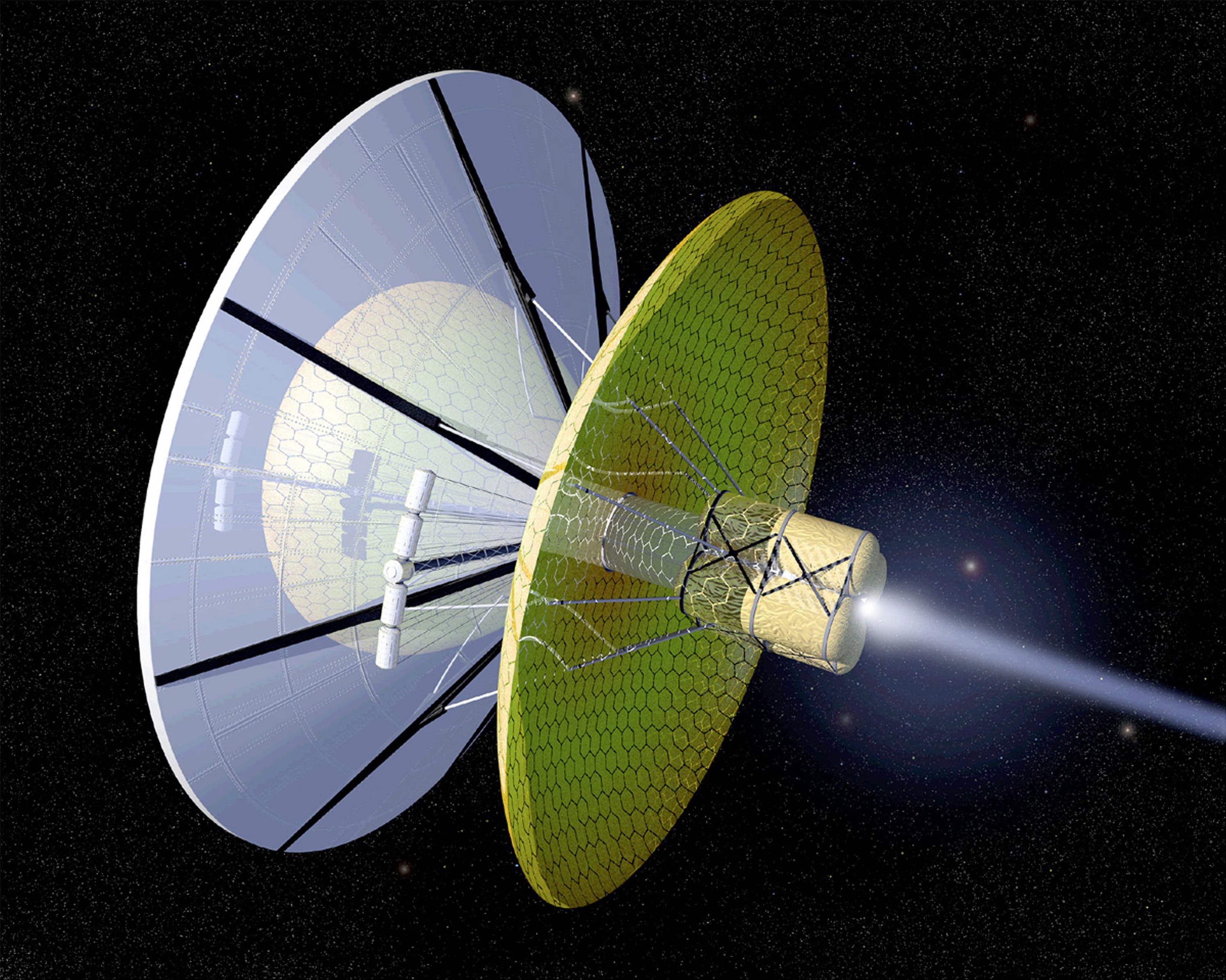Interstellar Travel

- (2209) Is It A Comet or Alien Technology? - YouTube
- Musk's Starship rocket makes breakthrough ocean landing
- Elon Musk's Starship goes 'farther than ever'
- How life might hitchhike its way through the galaxy - BBC Future
- Voyager 2: Nasa fully back in contact with lost space probe - BBC News
- Voyager 2: Nasa picks up 'heartbeat' signal after sending wrong command - B
- (79) Can We Move PLANET EARTH Across the Universe? - YouTube
- Elon Musk: Starship rocket close to going orbital - BBC News
- (24) Voyager Hears Incredible Sounds of Interstellar Space - YouTube
- Voyagers ride 'magnetic bubbles' - BBC News
- BBC News - Voyager: Still dancing 17 billion km from Earth
- (1) Will Wormholes Allow Fast Interstellar Travel? - YouTube
- Voyager near Solar System's edge - BBC News
- Japan unfurls Ikaros solar sail in space - BBC News
- Stars concoct complex molecules - BBC News
- Voyager-1 departs to interstellar space - BBC News
- Particles point way for Nasa's Voyager - BBC News
- xkcd: Interstellar Asteroid
- Dead stars 'to guide spacecraft' - BBC News
- Breakthrough Starshot - Wikipedia
- Hawking backs interstellar travel project - BBC News
- Former astronaut to lead starship effort - BBC News
- Complex organic molecule found in interstellar space - BBC News
- [1111.6131] The Fermi Paradox, Self-Replicating Probes, and the Interstella
- Starship
- Icarus Interstellar
- BBC NEWS | UK | Move to new planet, says Hawking
- BBC News - Revel in the wonder of the Solar System
- BBC News - Probe may have found cosmic dust
- Generation ship - Wikipedia
- Project Longshot - Wikipedia
- Project Daedalus - Wikipedia
- Pioneering Interstellar Flight - Tau Zero Foundation
- Centauri Dreams — Imagining and Planning Interstellar Exploration
ENGLISH COLLECTIONNOVEMBER 13, 2025 AT 23:53:59 UTC